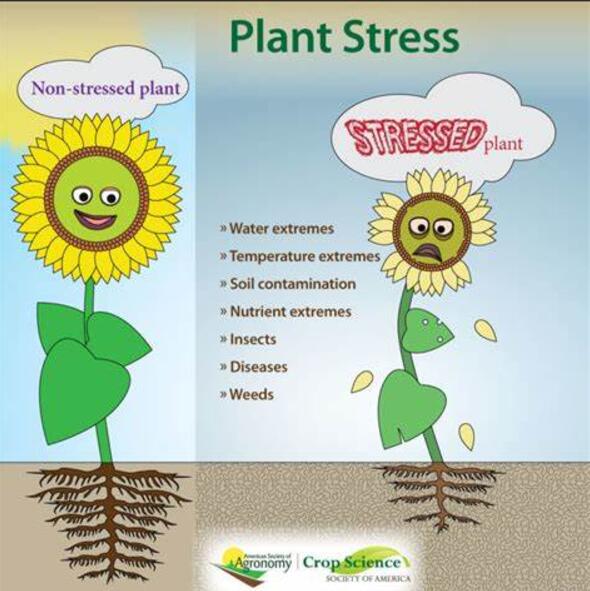Zinc-chitosan nanocomposites as guardians against the dreaded phytopathogenic fungus Macrophomina phaseolina in Vigna radiata L.
IF 6.8
Q1 PLANT SCIENCES
引用次数: 0
Abstract
Macrophomina phaseolina, a phytopathogenic fungus responsible for root rot in mung beans (Vigna radiata L.), produces resilient sclerotia that are not effectively managed by chemical fungicides. In this study, as an alternative management approach, zinc-chitosan nanoparticles (Zn-ChNPs) were prepared using the ionic gelation method and evaluated for their antifungal activity against M. phaseolina. The synthesis of Zn-ChNPs was confirmed by UV–visible spectroscopy with absorption peaks at 215 nm and 265 nm. XRD indicated hexagonal crystalline planes, verifying nanoparticle crystallinity, while FTIR showed strong ZnO-chitosan interactions with peaks at 3495 cm⁻¹ and 678 cm⁻¹. The particles averaged 80–100 nm in size. Antifungal bioassays demonstrated significant inhibition of fungal growth, achieving 50–100 % reduction at concentrations of 0.11 % and above, and an EC50 (effective concentration) value of 0.08 %. Microscopic analysis revealed sclerotia distortion at 0.15 % Zn-ChNPs, while enzymatic assays showed a 20–60 % increase in catalase, peroxidase, polyphenol oxidase, and phenylalanine ammonia-lyase activities at concentrations of 0.03–0.11 %, followed by a sharp decrease beyond 0.11 %. In planta bioassays indicated that 0.4–0.6 % Zn-ChNPs reduced disease by 97 % and improved growth up to 100 %, surpassing the performance of chemical fungicides (Carbendazim). Multivariate analysis further underscored the superior efficacy of Zn-ChNPs in enhancing plant defense mechanisms and managing root rot disease. These findings highlighted the potential of Zn-ChNPs as a sustainable and effective alternative to chemical fungicides, offering dual benefits of disease control and growth enhancement in mung bean plants.
求助全文
约1分钟内获得全文
求助全文
来源期刊

Plant Stress
PLANT SCIENCES-
CiteScore
5.20
自引率
8.00%
发文量
76
审稿时长
63 days
期刊介绍:
The journal Plant Stress deals with plant (or other photoautotrophs, such as algae, cyanobacteria and lichens) responses to abiotic and biotic stress factors that can result in limited growth and productivity. Such responses can be analyzed and described at a physiological, biochemical and molecular level. Experimental approaches/technologies aiming to improve growth and productivity with a potential for downstream validation under stress conditions will also be considered. Both fundamental and applied research manuscripts are welcome, provided that clear mechanistic hypotheses are made and descriptive approaches are avoided. In addition, high-quality review articles will also be considered, provided they follow a critical approach and stimulate thought for future research avenues.
Plant Stress welcomes high-quality manuscripts related (but not limited) to interactions between plants and:
Lack of water (drought) and excess (flooding),
Salinity stress,
Elevated temperature and/or low temperature (chilling and freezing),
Hypoxia and/or anoxia,
Mineral nutrient excess and/or deficiency,
Heavy metals and/or metalloids,
Plant priming (chemical, biological, physiological, nanomaterial, biostimulant) approaches for improved stress protection,
Viral, phytoplasma, bacterial and fungal plant-pathogen interactions.
The journal welcomes basic and applied research articles, as well as review articles and short communications. All submitted manuscripts will be subject to a thorough peer-reviewing process.
 求助内容:
求助内容: 应助结果提醒方式:
应助结果提醒方式:


